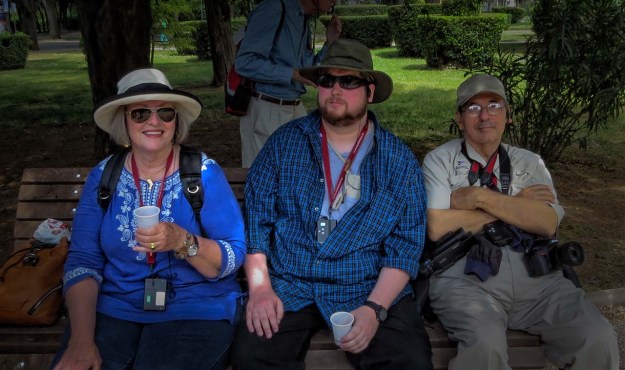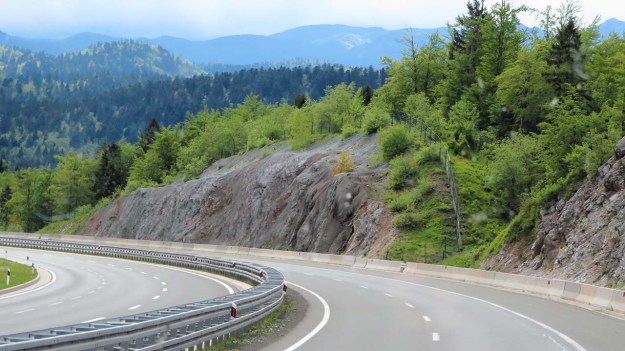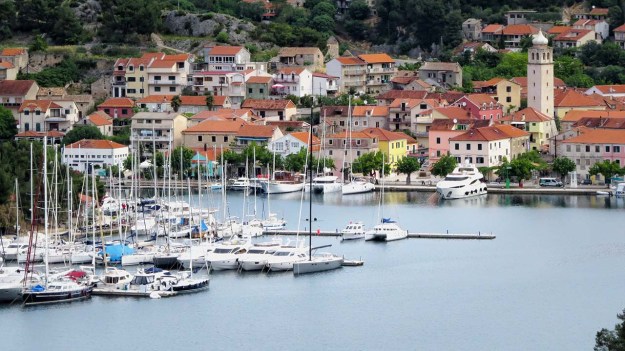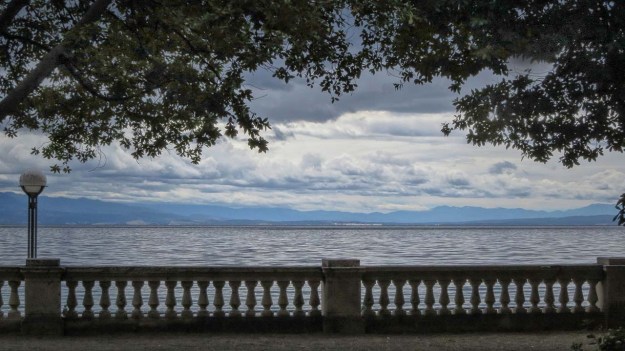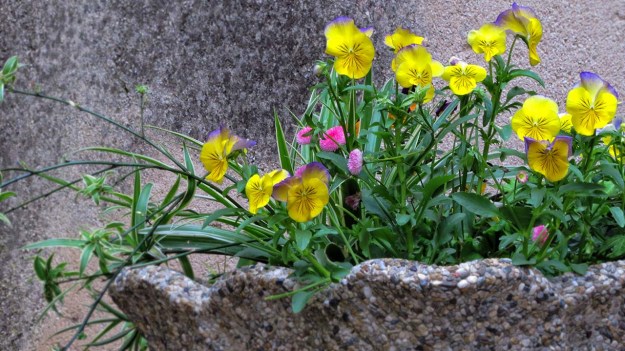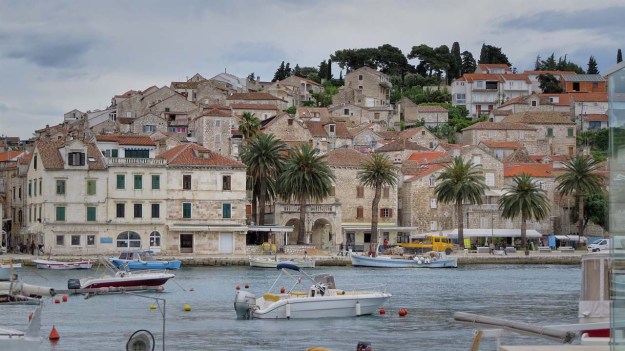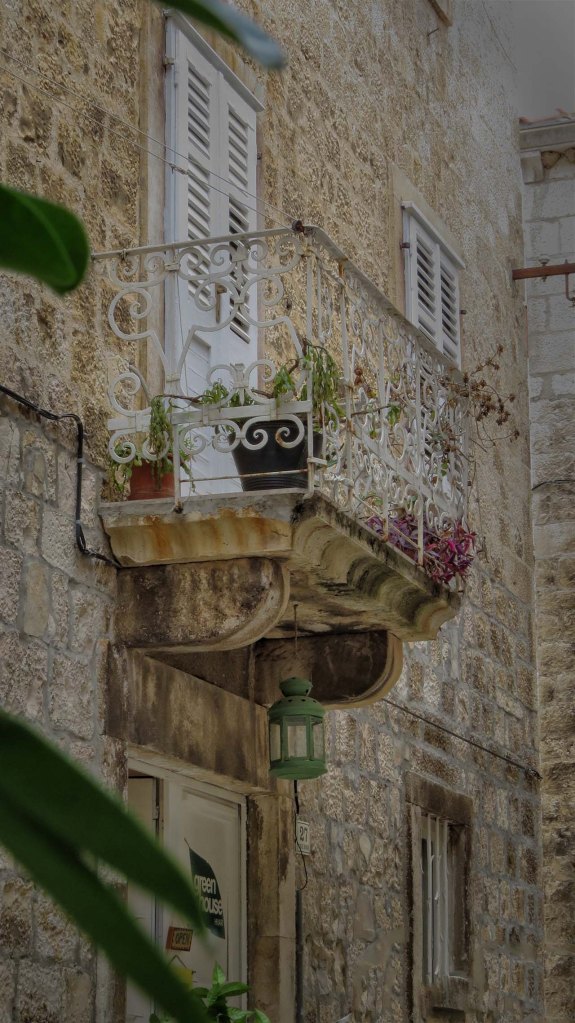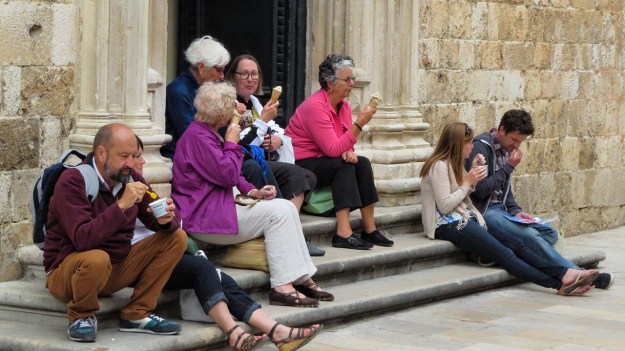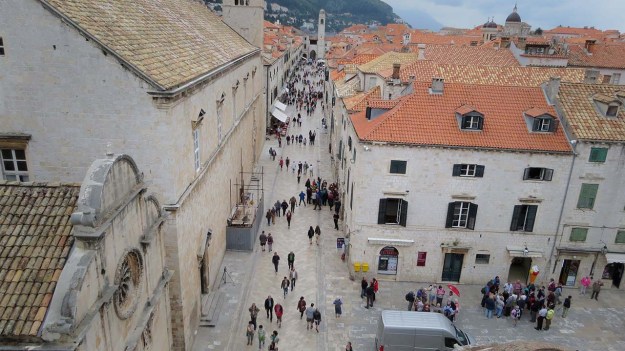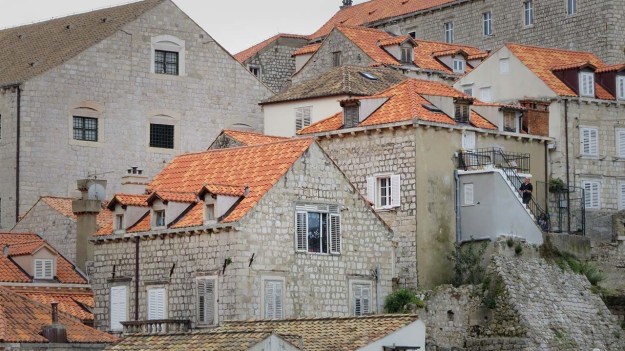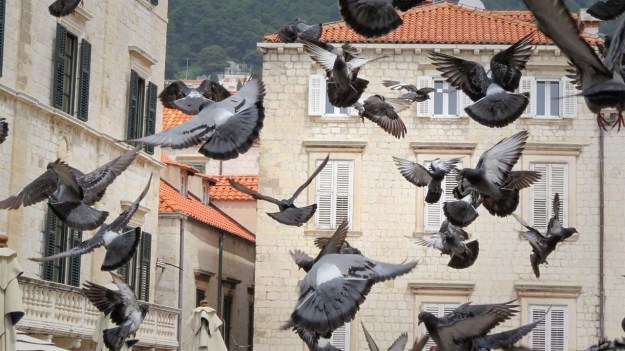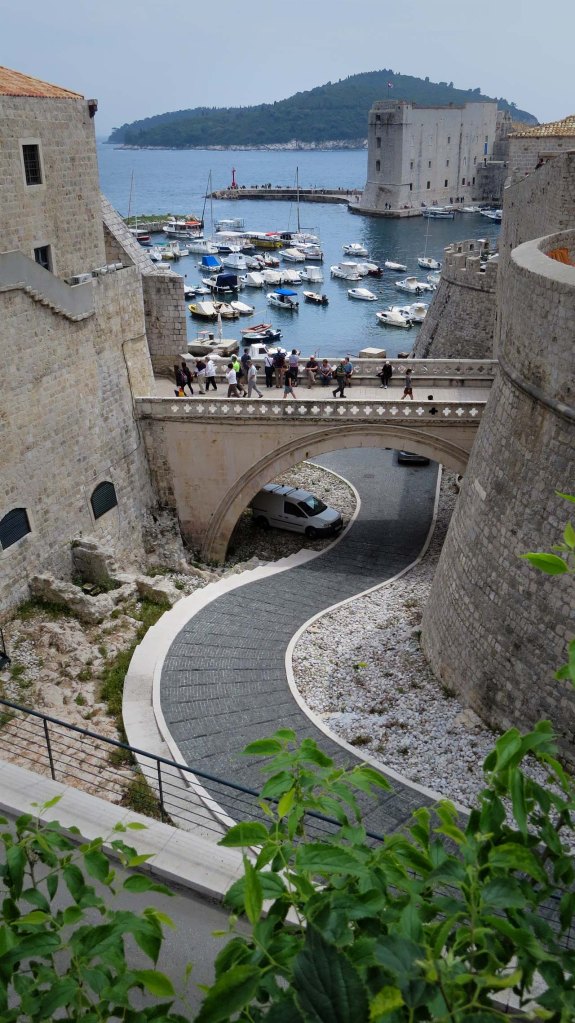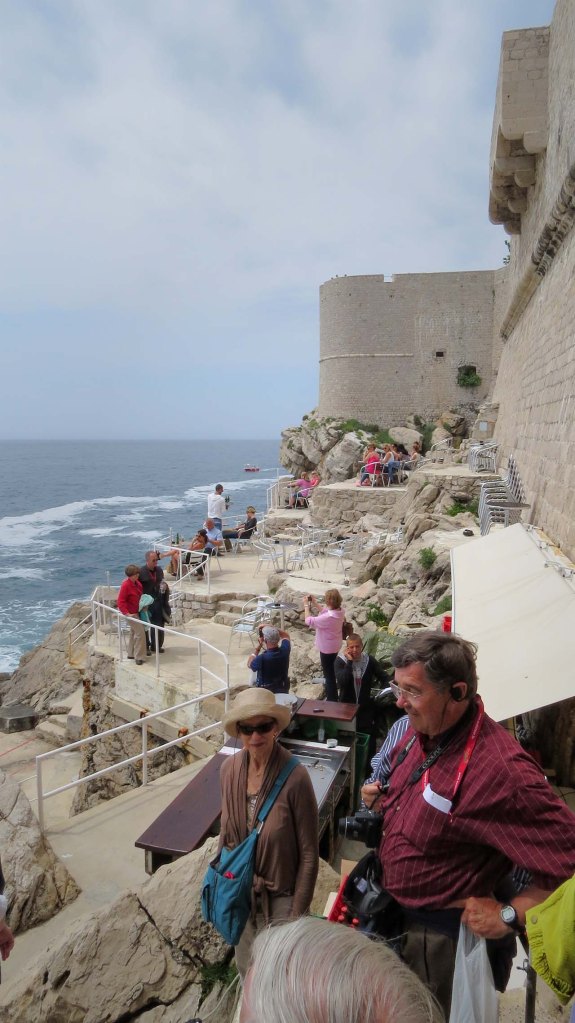Our Roman holiday is coming to a close. Rome is Rome is Rome. It doesn’t change, of course, as some other great world capitals do. And that’s its charm. It is reliably ancient. The Italians are reliably fun to watch and listen to. Even Anthony has remarked on the Italian sense of fashion, particularly in menswear. Both men and woman have that certain, I-don’t-give-a-damn confidence. They smoke and make no apologies and we just tough it out when dining al fresco. If you don’t like the taxi prices? Too bad. Someone else will pay it. The wine is cheaper than Coke Zero? Drink the wine then.This is Italy. There is no other.
If you like ancient history, museums, art, style, come here. This is what Italy is about. And love. Saw much open affection on the streets with unabashed young lovers. La vita è bella! Arrivederci, Roma!

In 1885 construction of the monument started The Monument to Victor Emanuel II, the “Father of the Nation.” Built of white marble, it is decorated with allegorical statues, reliefs and murals. It measures about 260 x 390 feet, and consists of a large flight of stairs leading up to a massive colonnade. Two fountains represent the two seas that border Italy, the Adriatic and the Tyrrhenian. At the center of the monument is the colossal equestrian statue of Victor Emmanuel. The statue weighs 50 tons and measures 39 feet. At the foot of the statue is the Tomb of the Unknown Soldier, inaugurated in 1921. Guards of honor, alternatingly selected from the marine, infantry and air divisions, stand on guard here day and night. The upper section of the monument consists of a massive curved colonnade with 50-foot tall columns, framed on either side by small temple-like wings with a classical front. The monument is known as The Wedding Cake. You can see why.

The Piazza Navona is situated in the historic center of Rome, west of the Pantheon. It is one of Rome’s liveliest squares, with many outdoor cafes, restaurants and night clubs in the neighborhood. Christmas market is held here.
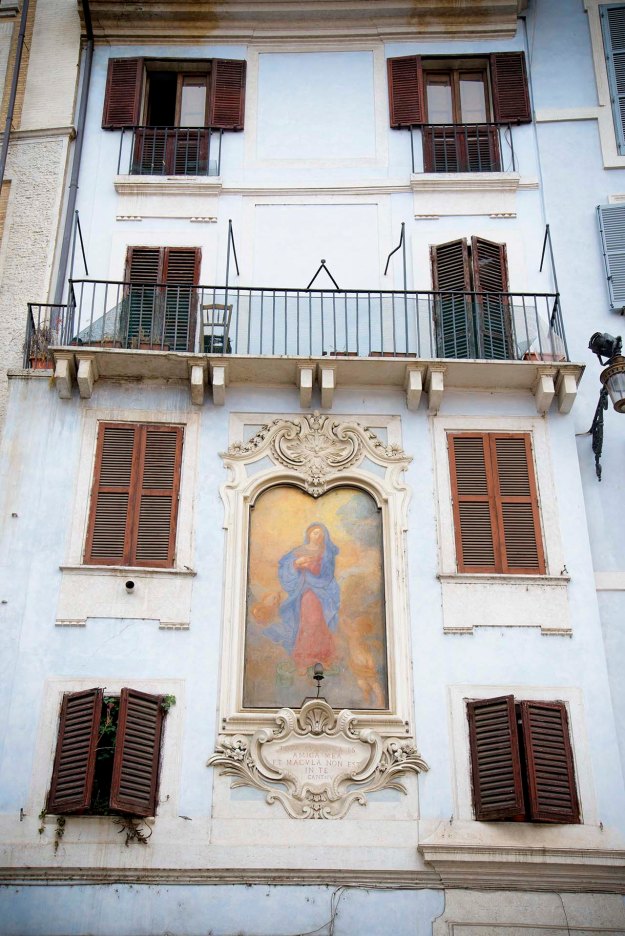
Italians love the Virgin Mary. She appears in many places. Here she is given great honor on an apartment house wall.

During the Middle Ages, Hadrian’s Bridge was the most important connection between the city of Rome and the Vatican. Hadrian (117-138) was one of the most “visible” of all Roman emperors. In many aspects, he tried to follow the example of the founder of the empire, Augustus. One of the emulations was the building of a large mausoleum near the Tiber with a bridge connecting to the other side.

The strains of classical music can be heard throughout the city, by instrumental musicians and singers alike. The fellow plays outside the Parthenon.
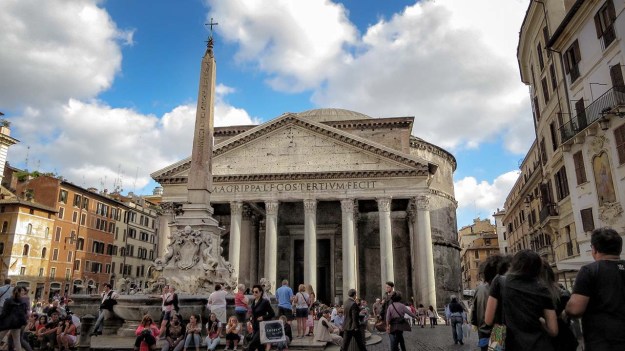
The Pantheon was commissioned during the reign of Augustus (27 BC – 14 AD) as a temple to all the gods of ancient Rome, and rebuilt by the emperor Hadrian about 126 AD. It is one of the best-preserved of all Ancient Roman buildings. It has been in continuous use throughout its history, and since the 7th century, the Pantheon has been used as a Roman Catholic church dedicated to St. Mary and the Martyrs, but informally known as “Santa Maria Rotonda.” The building is circular with a central opening (oculus) to the sky. Almost two thousand years after it was built, the Pantheon’s dome is still the world’s largest unreinforced concrete dome. The height to the oculus and the diameter of the interior circle are the same, 142 feet.

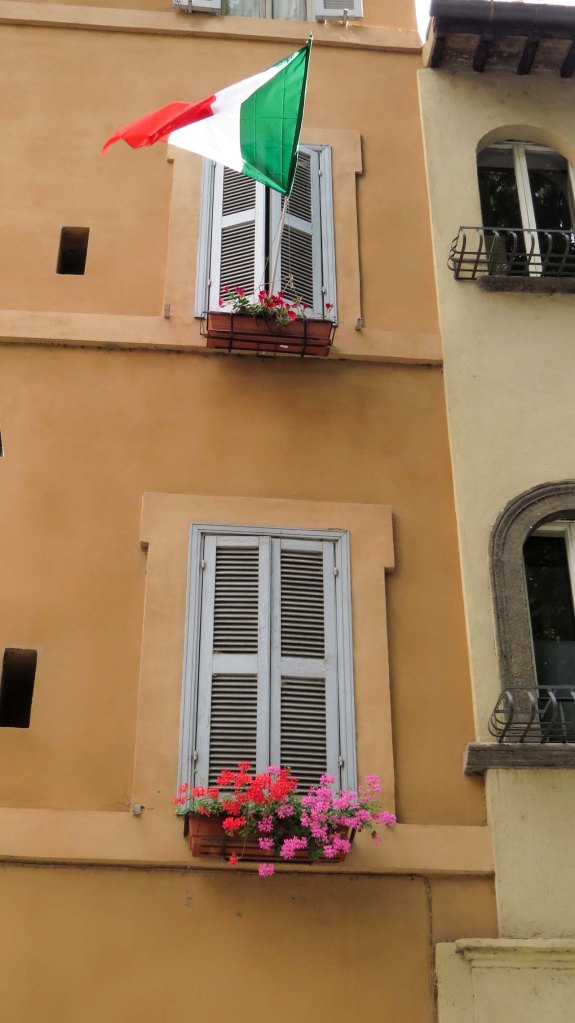
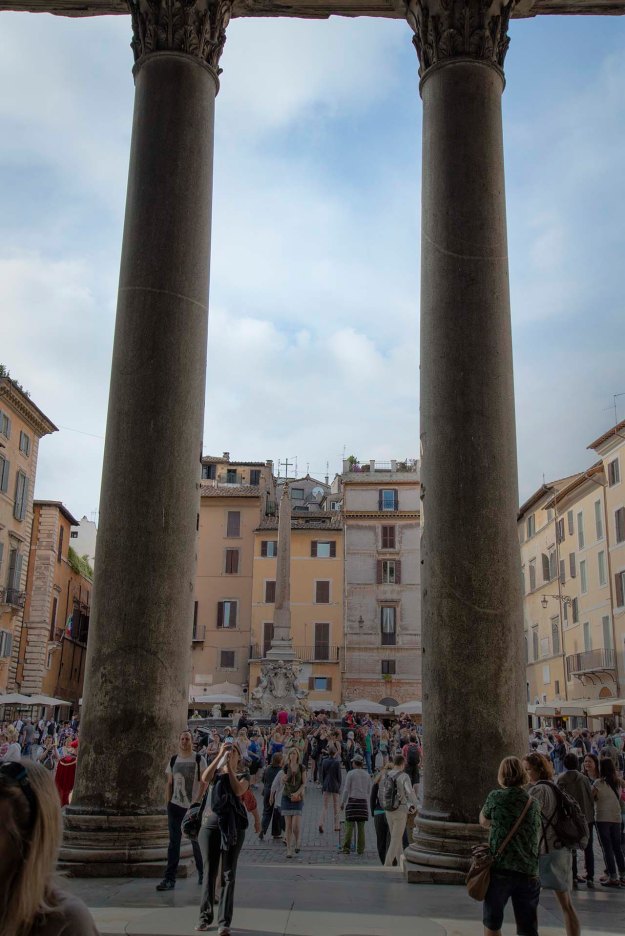
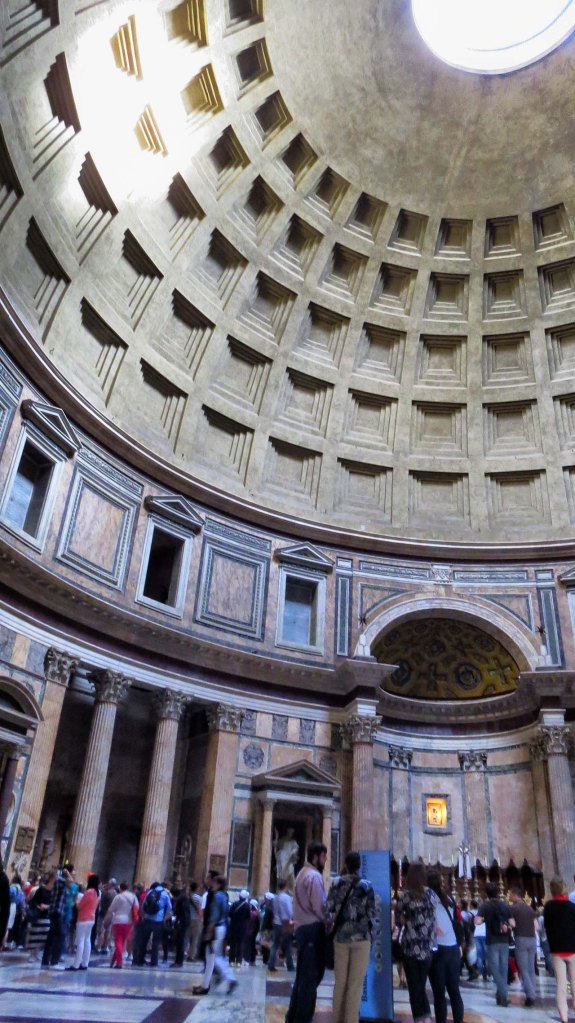


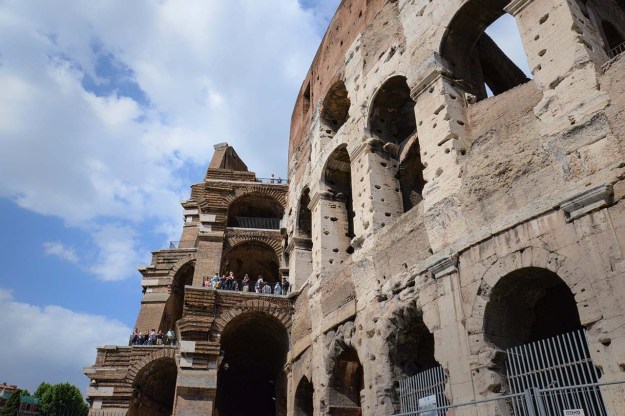
























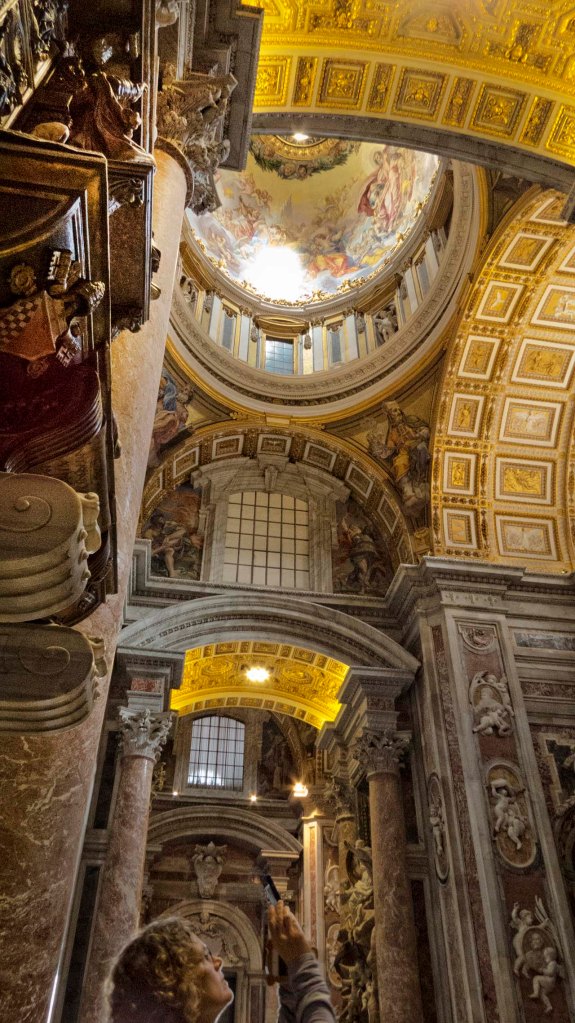




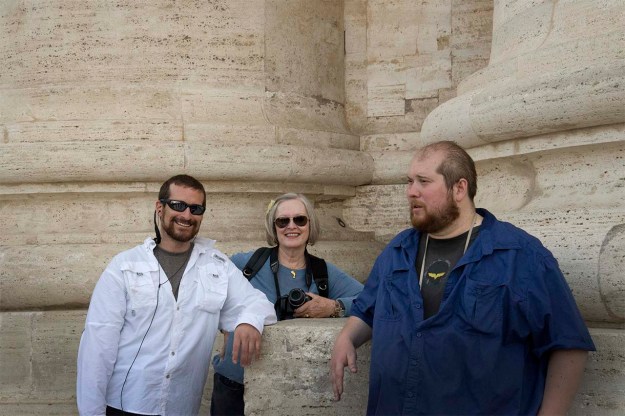

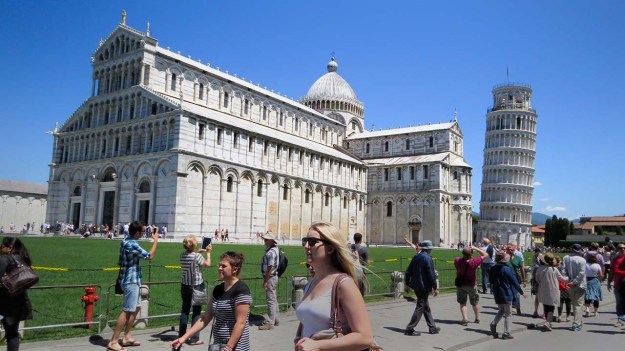







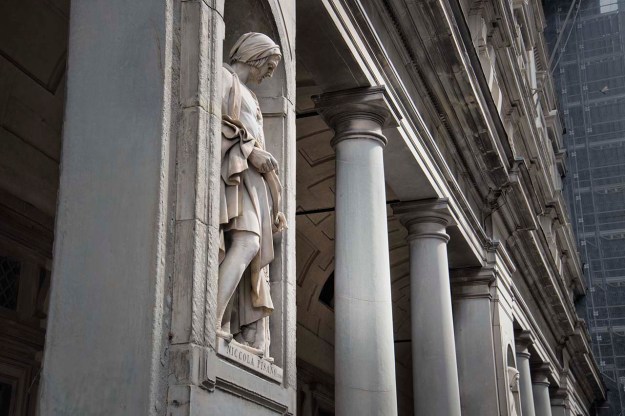


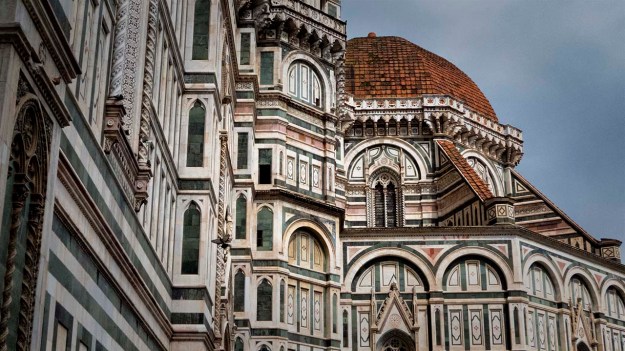




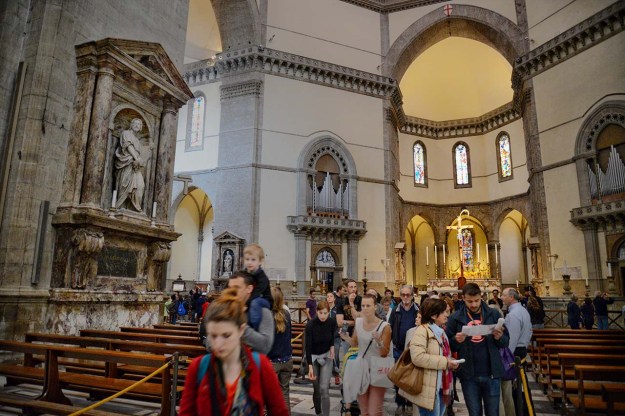




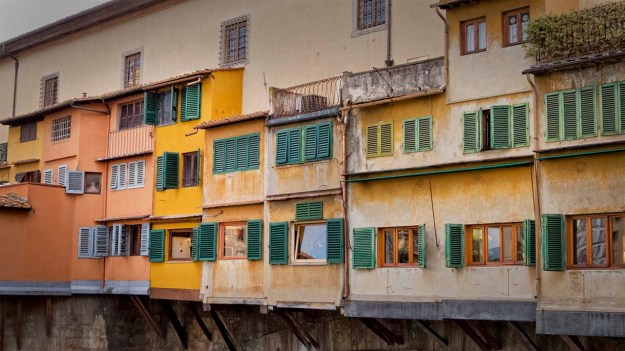




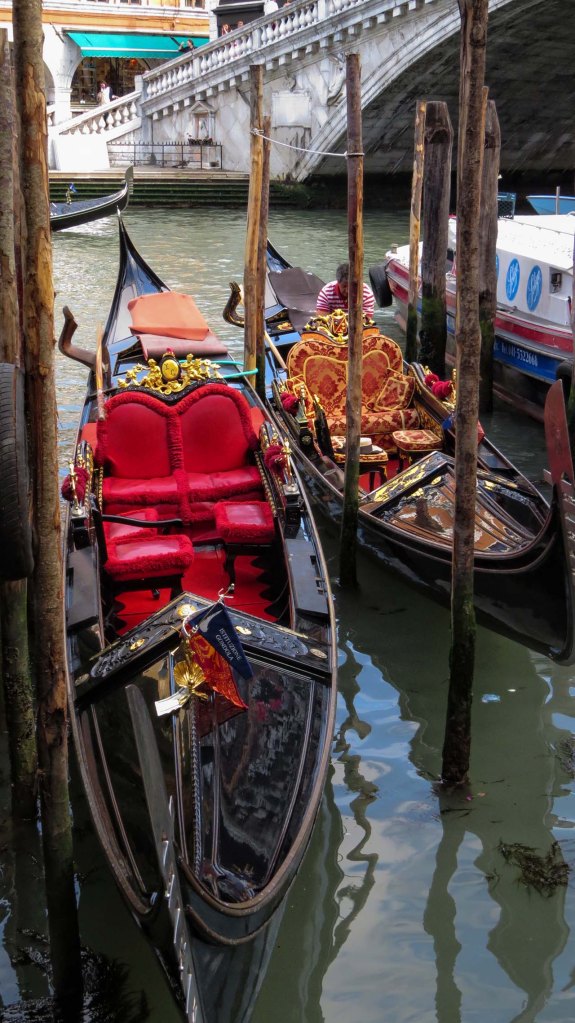











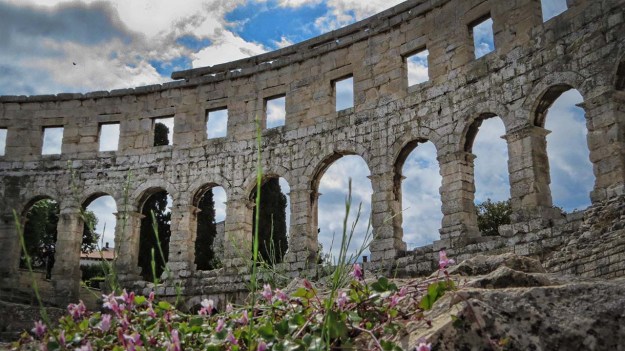





 Rovinj Harbor
Rovinj Harbor



